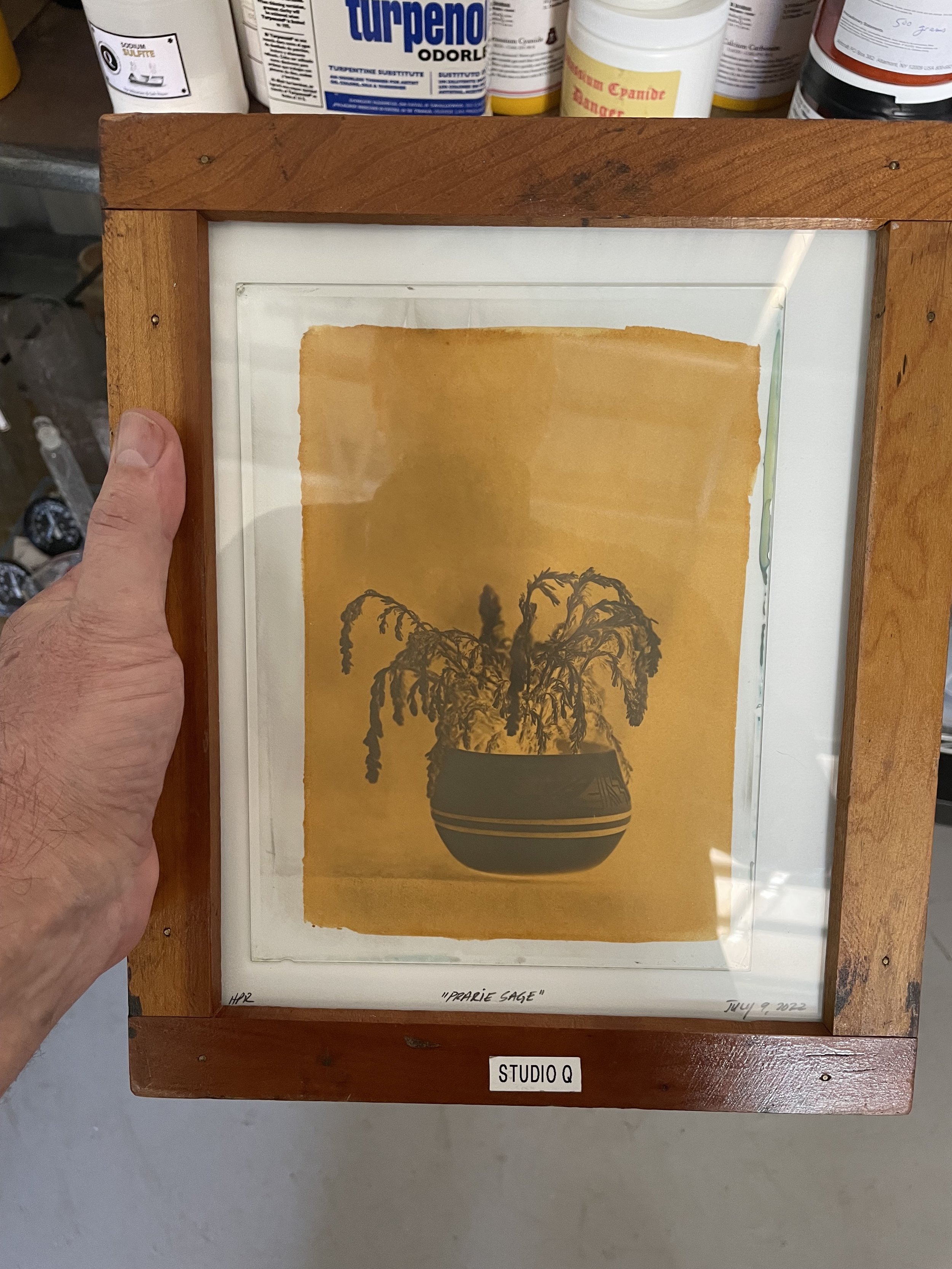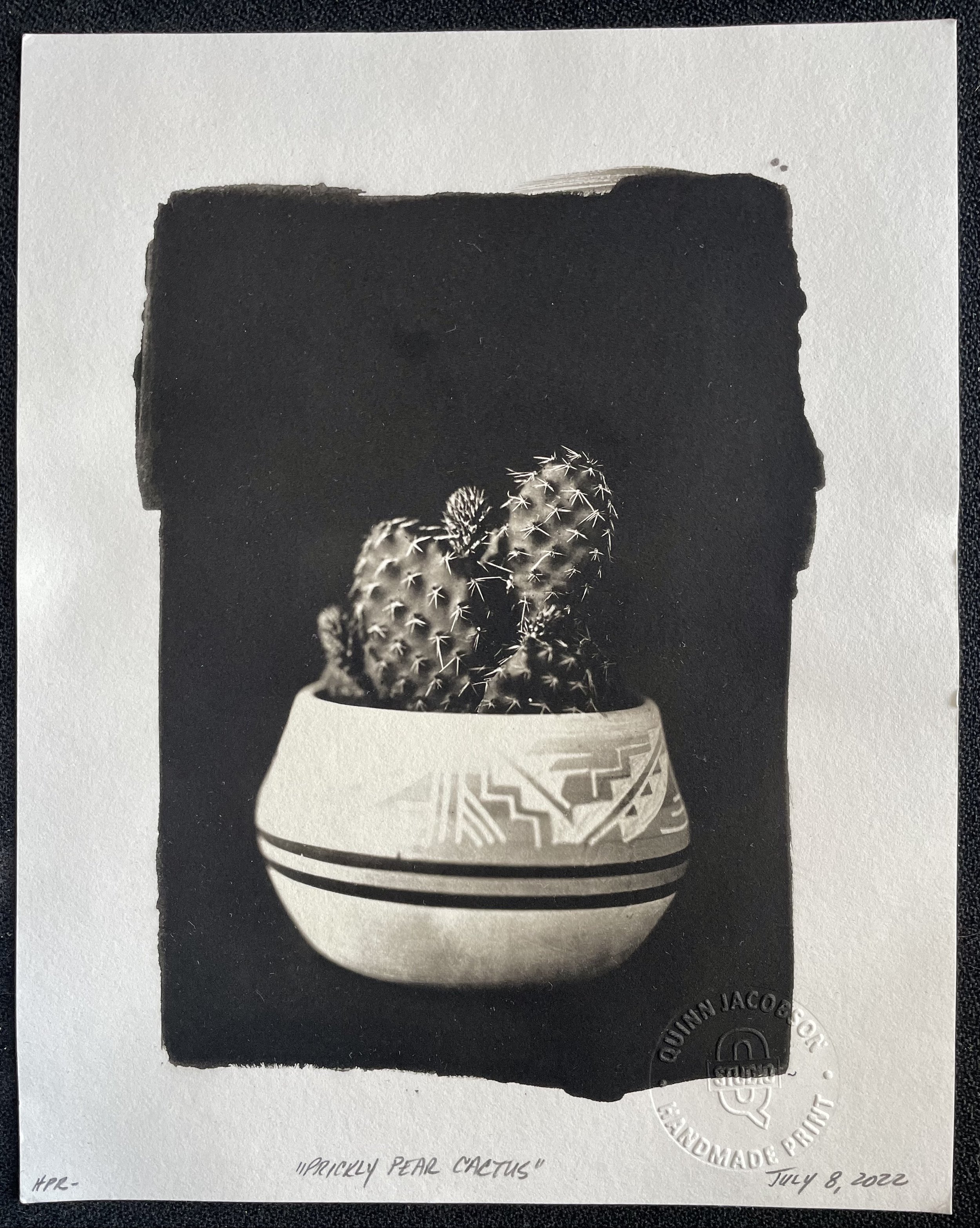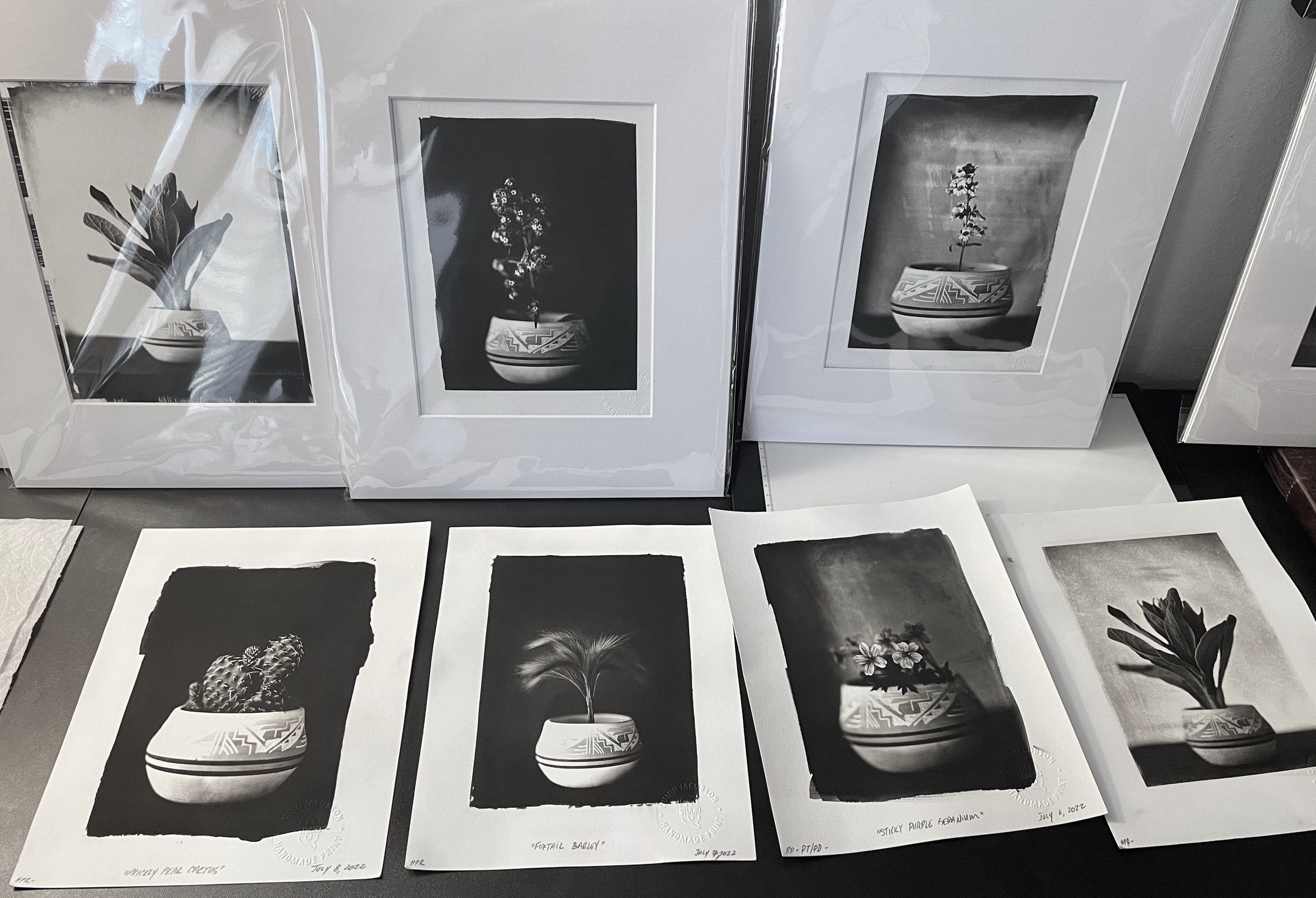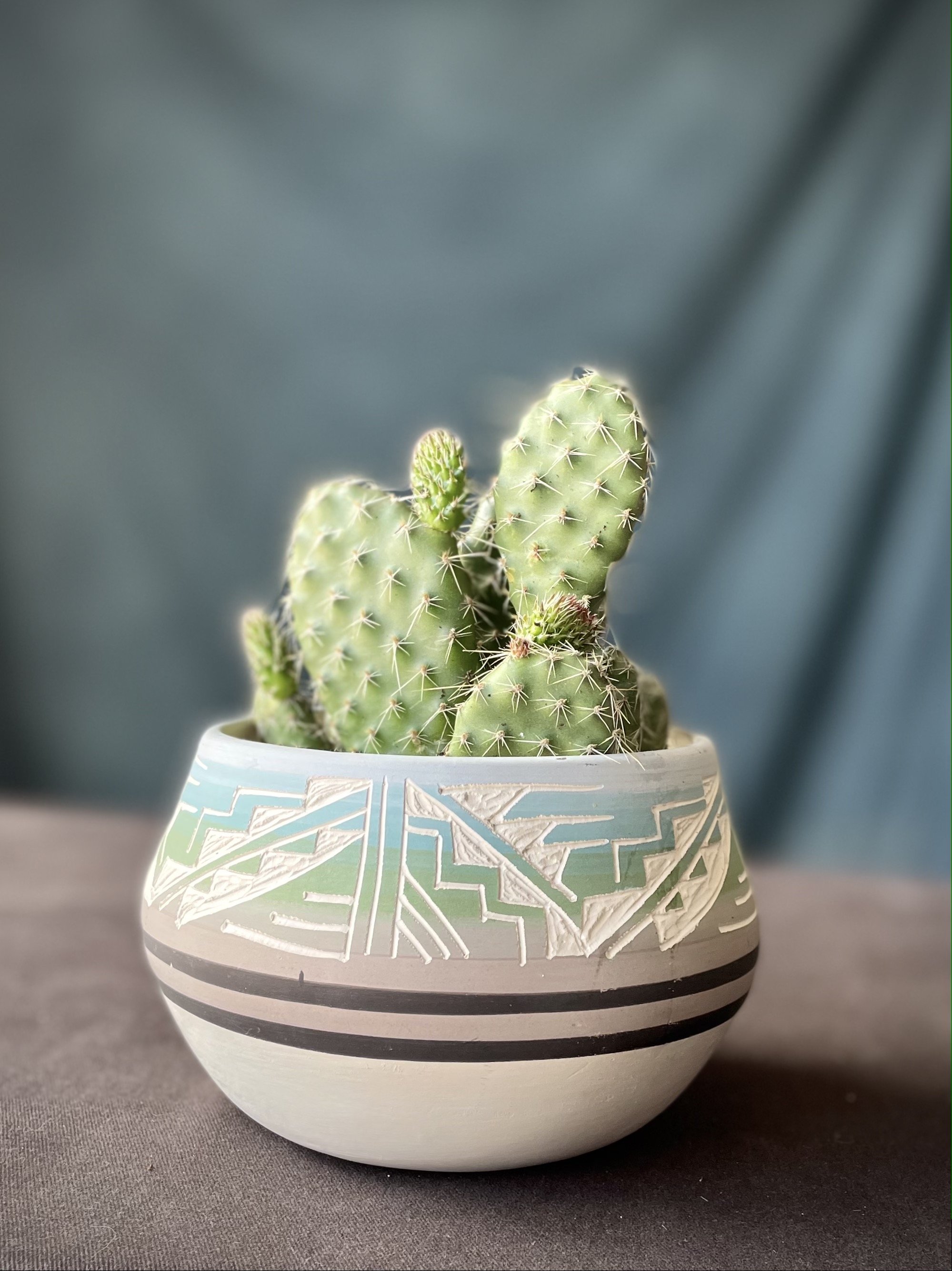In The Shadow of Sun Mountain (Tava Kaavi)
“The key to the creative type is that he is separated out of the common pool of shared meanings. There is something in his life experience that makes him take in the world as a problem; as a result, he has to make personal sense out of it.”
― Ernest Becker
I want to share both the beauty and the tragedy of this place I call home. Through these photographs, I want to esteem the Ute (Tabegauche) people both past and present. I hope to engage the viewer long enough to put this history and the people into their consciousness.
I live in the Rocky Mountains of Colorado (United States). It’s beautiful and breathtaking here. It’s peaceful and mysterious. And it has a very sordid and sad history. I struggle with living on this land and yet I’m in awe every day of its life, beauty, and mystery.
I’ve approached this work from a place of deference, wonder, sadness, and loss. I’m torn about where I live and what I know. I often think about what happened here and question why it did. It confuses me and creates inner conflict for me; like a type of cognitive dissonance.
What do I do with this terrible history? My answer is to embrace it, study it, wrestle with it and transform it into a weapon for the human spirit; one that will enlarge my sense of responsibility and strengthen my moral resolve.
This project also served as a cathartic release for me. That’s why the work was made. While metaphorical, it’s my way of resolving my relationship with the land, the history, and the people that lived here.
At dawn, Tava-Kaavi (Sun Mountain) is the first Colorado mountain to catch the sun’s rays. The mountain is over 14,000 (4.300m) feet above sea level. The Nuchu/Ute American Indian Tribe believes it’s where Mother Earth meets Father Sky.
Its colonized name is “Pikes Peak”. It was known to the Ute People as “Tava,” meaning “Sun”. The Tabeguache (tab-a-watch), or “People of Sun Mountain,” was the largest of the ten nomadic bands of the Ute. They followed the herds of wild animals throughout their lands, harvesting the elk, deer, and buffalo at specific places at certain times of the year. This lifestyle mandated that they move their camp every three or four weeks. They constructed a medicine wheel at the heart of each new camp, linking them to Mother Earth like an umbilical cord. I live in one of the areas where the Tabegauche lived. This work is about the land, plants, rocks, and trees they dwelt among and used to survive and thrive for a very long time.
I named this body of work, “In the Shadow of Sun Mountain (Tava-Kaavi)” because the photographs are all made literally with the great mountain watching over. Nothing escapes its presence. The Nuchu/Tabegauche knew that, too.
I consider this land as their land. In my mind, nothing has changed in that way. They honored it and respected it, never taking more than they needed. It’s a beautiful place. In a lot of ways, it’s “other-worldly”. The fauna and the flora represent all that the Nuchu loved. The big rock outcroppings were called, “the bones of Mother Earth”. And the huge red rock formations were considered “grandfathers.” Their life here was balanced and good.
The Nuchu/Utes are the longest continuous Indigenous inhabitants of what is now Colorado. According to Nuchu oral history, they have no migration story - they’ve always been here. They were placed within their homelands, on different mountain peaks, to remain close to their Creator. Nuchu ancestors, in order to maintain transmission of cultural knowledge, taught generations through oral history about the narratives and the names ascribed to geophysical places and geological formations within their aboriginal and ancestral territory.


























